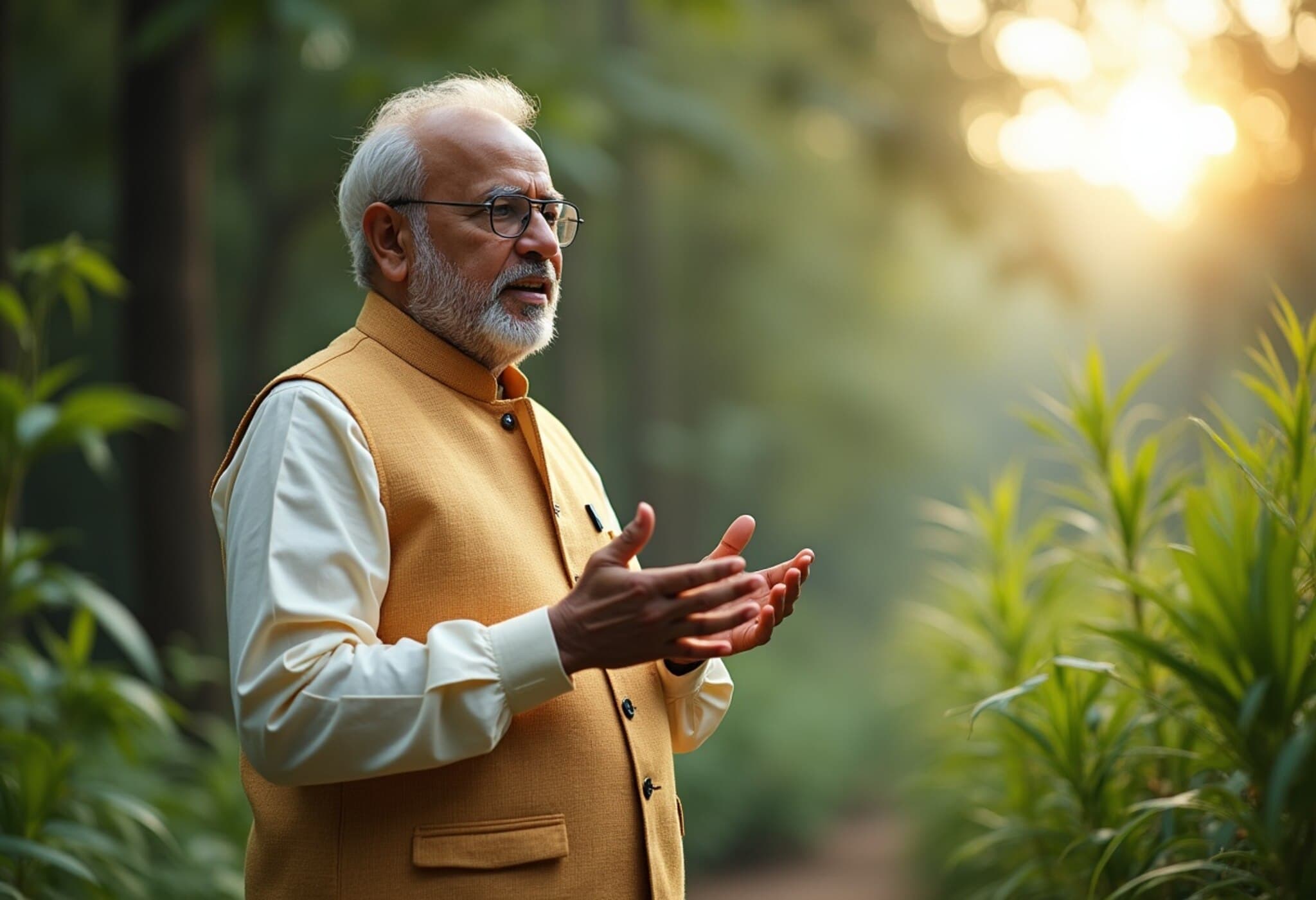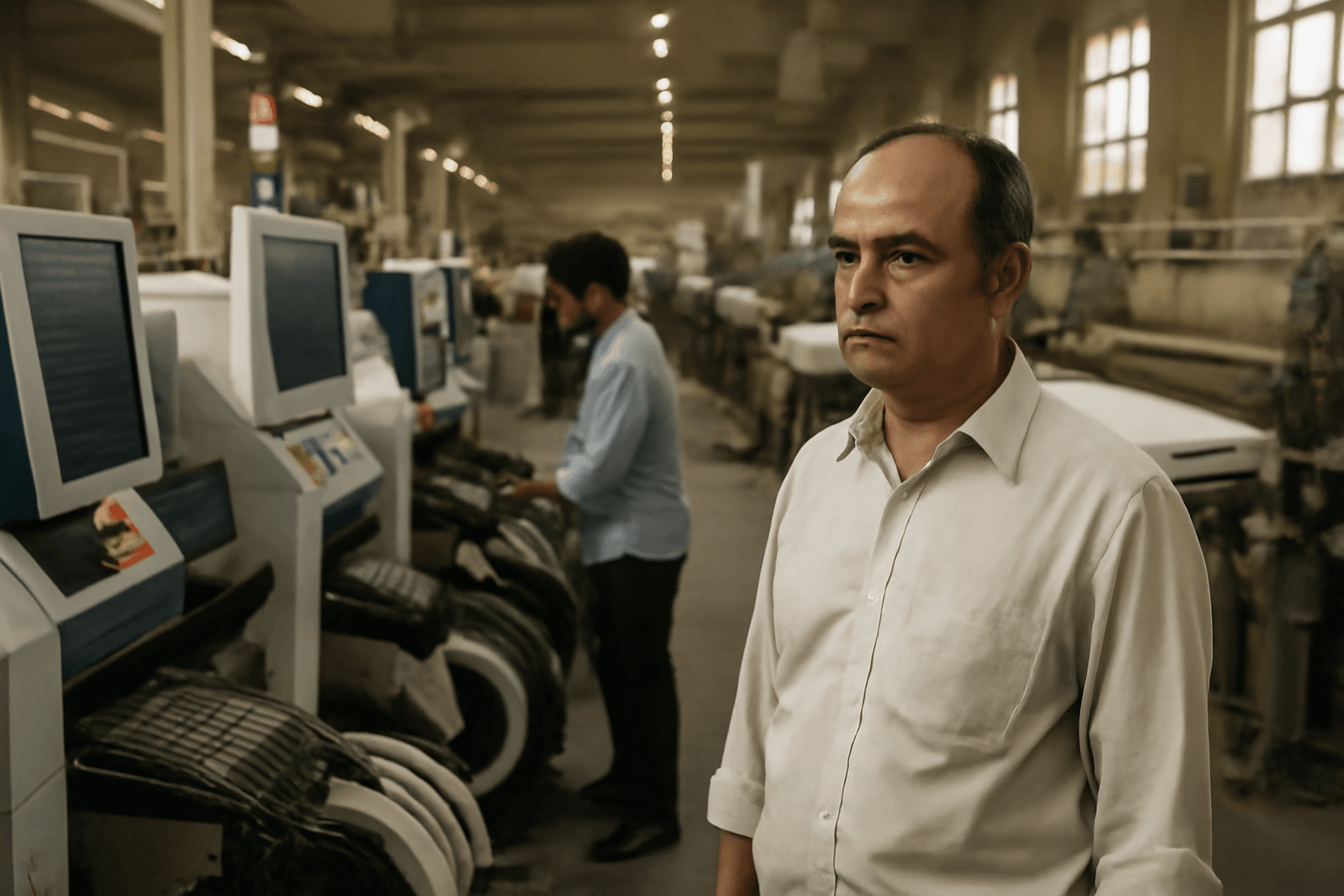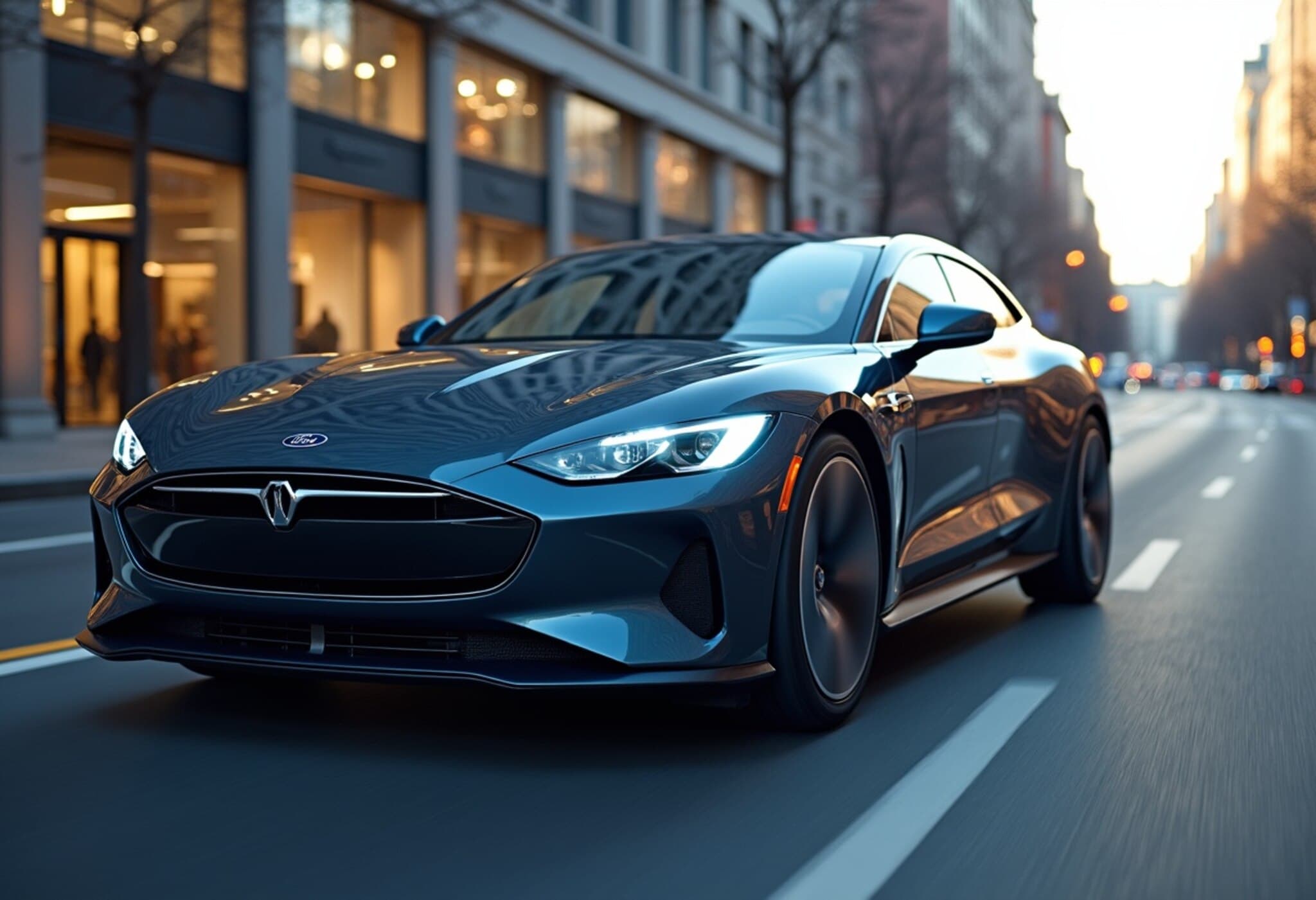India’s Road Transport Minister Charts Ambitious Future for Auto Sector
Union Minister for Road Transport and Highways, Nitin Gadkari, delivered a compelling outlook for India's automobile industry during the World Biofuel Day celebrations in Pune. Addressing an audience at the JW Marriott, Gadkari painted a picture of an automotive transformation powered by sustainable fuels and closer ties between agriculture and industry.
Aiming for the Global Number One Spot
Currently ranking third globally, just ahead of Japan, India’s automobile industry commands a robust ecosystem valued at ₹12 lakh crore. It contributes significantly to the nation’s economy — fueling the Goods and Services Tax (GST) with its output, providing livelihoods to approximately 4.5 crore people, and standing as a major export sector. Gadkari emphasized how with urgent adoption of cleaner fuels, India can swiftly ascend to the world’s leading car manufacturing hub within the next five to six years.
Tackling Pollution: The Industry’s Environmental Imperative
While heralding the sector's growth, Gadkari candidly acknowledged a pressing concern: around 40% of India's air pollution originates from vehicular emissions. This stark reality underscores the urgent need to pivot away from fossil fuels. By embracing alternative fuel sources like ethanol, methanol, isobutanol, and hydrogen, India could not only clear its air but also place itself at the forefront of green automotive technology.
Reimagining Agriculture’s Role in Energy and Economy
What sets Gadkari’s vision apart is his unique integration of agriculture with industrial growth. Calling himself “an agriculturalist with six doctorates,” he urged for a paradigm shift where agriculture’s GDP contribution rises from the current 12–14% to 25%, aligning it with industry’s share. This strategy hinges on producing cost-effective alternative fuels derived from agricultural outputs and wastelands.
He illustrated this with the example of ethanol production in Bihar from corn, which elevated prices and improved farmer incomes. Looking beyond, he championed diversification into fermentation of multiple grains, cultivation of bamboo on non-arable land, and harnessing municipal waste.
Bamboo and Waste: Unconventional Fuel Frontiers
Bamboo emerged as a particularly promising candidate in Gadkari’s blueprint, described as a “CO2-free solution” that could simultaneously spur employment opportunities in rural areas. Furthermore, he spotlighted the potential of municipal waste conversion to produce fuel alternatives usable in highway infrastructure projects, marrying waste management with nation-building efforts.
No Barrier from Financial Constraints
Addressing doubts about funding, Gadkari reassured stakeholders of ample financial resources. Referring to the National Highways Authority of India’s (NHAI) AAA-rated bonds, he stressed that transformative infrastructure projects—such as those enabling millions to journey to large-scale events like the Kumbh Mela—are well within reach.
Industry and Policy Synergy: A Collaborative Future
Supporting this vision, Dr. Pramod Chaudhari, Executive Chairman of Praj Industries, highlighted their role as facilitators uniting innovators, entrepreneurs, policymakers, and financiers to scale sustainable solutions effectively.
Expert Analysis: The Road Ahead for India’s Automotive and Energy Sectors
Gadkari’s fusion of agriculture and automotive industry goals reflects a deeper understanding of India’s socioeconomic fabric. With energy imports consuming about 85% of India’s needs, ramping up domestic alternative fuel production could recalibrate not just industrial growth but also national energy security.
This narrative challenges India’s traditional siloed approach to economic sectors, encouraging cross-disciplinary innovation that can simultaneously reduce pollution, improve rural incomes, and boost export capabilities.
However, this ambitious roadmap faces hurdles: scaling up biofuel production sustainably without compromising food security; ensuring technological adaptability; and navigating fluctuating global markets. Further scrutiny and policy fine-tuning will be essential to realize this vision.
Summary & Editor’s Note
Union Minister Nitin Gadkari’s assertive declaration that India’s automobile industry can rank number one globally by embracing alternative fuels is both inspiring and complex. It proposes a holistic revitalization that marries environment-friendly innovations with socio-economic upliftment of farmers and rural populations.
For readers, this raises poignant questions: Can India’s policy infrastructure and industry ecosystem mobilize swiftly enough to maintain this momentum? Will sustainable biofuel production harmonize with food production needs? And critically, how will consumers and markets respond to this transformative shift?
This evolving story is a vital indicator of India’s ambition to not only industrially compete on the world stage but also lead responsibly towards a cleaner, more inclusive future.



















